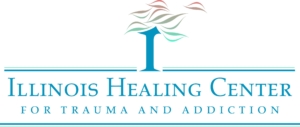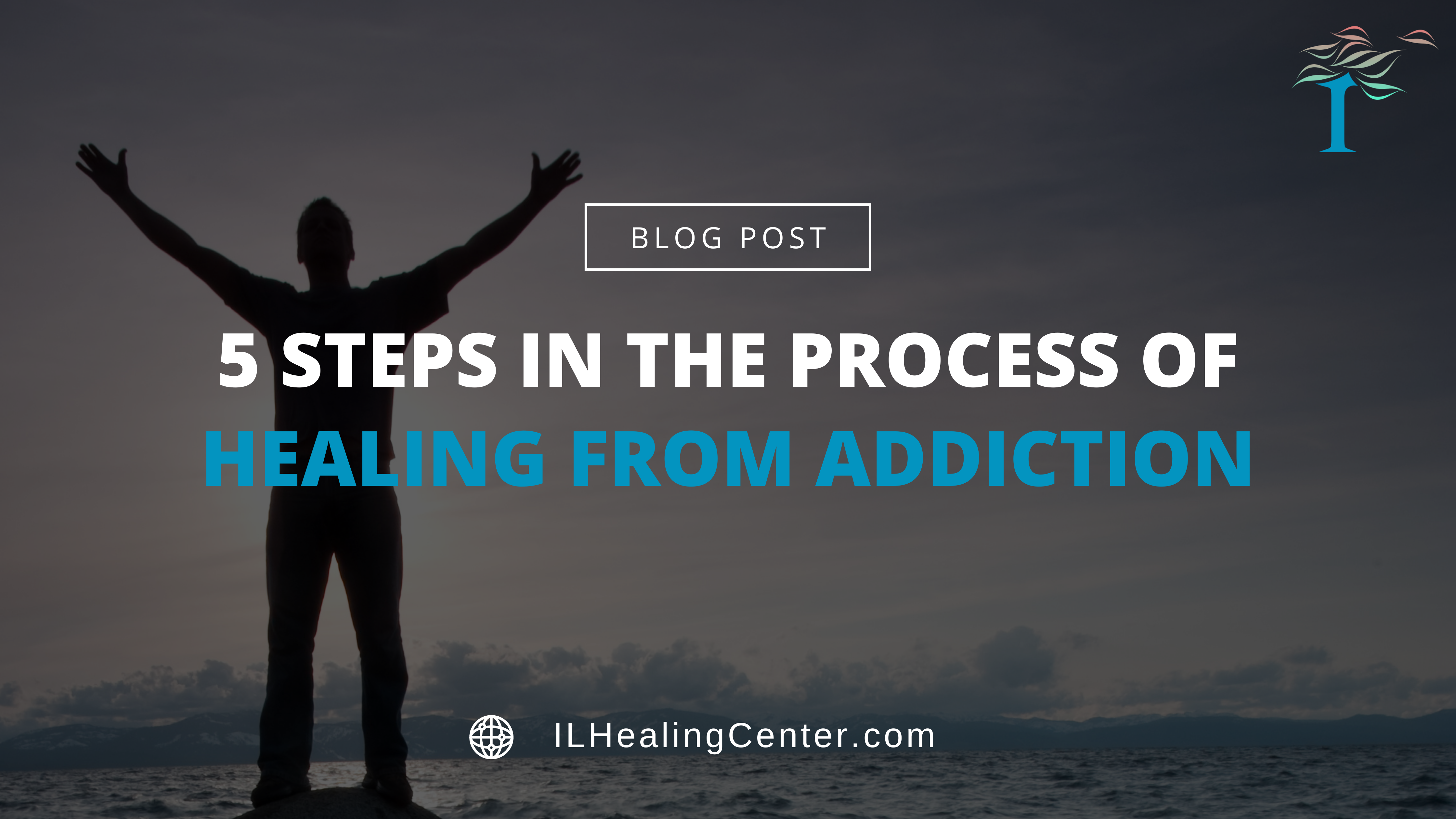Healing from Addiction
Addiction is an all-consuming disease that affects each aspect of someone’s life. It takes over control of decision making, but more importantly risks the long-term health of those afflicted. Having an addiction is lonely and without professional help and/or peer support, can be virtually impossible to control. Getting help or treatment for addiction should be viewed as a process. You cannot go to a doctor for a prescription, and all is good. In fact, addiction treatment is a series of steps and a process that is ongoing. This article will outline that process.
5 Steps in the Process of Healing From Addiction
There are many different programs with a varying number of steps or stages to help addiction. The programs or theories have similarities and differences. This article will focus on DiClemente & Prochaska’s Stages of Change. DiClemente and Prochaska were researchers who developed these stages in the early 1980s. It’s officially called the Transtheoretical Model and is a useful tool in the treatment of addiction.
- This stage is oftentimes called Pre-Contemplation. The ‘Pre’ part of this step describes that the addicted person is not at a place where they are ready to get help or realize that they even need help. This step is part of an active addiction but must take place before there is real treatment.
- The second phase in the process changes from Pre-Contemplation to Contemplation. In this step, the person addicted starts to think about their addiction as an issue but may not be quite ready to seek out professional help. They are willing to discuss it more. However, the resistance to others addressing their concerns will likely still be heightened but there is a part of their adaptive resource that is listening. That adaptive resource will allow the next phase to begin.
- Step 3 is frequently called the Preparation Stage. During this stage, there is a real acceptance that there is a problem. They have come to terms with the fact that they have a disease and want to rid themselves of it. This is no easy task and often results in the one-step forward, two-step back pattern.
- The fourth step is the Action step. It is called that because the addicted person is seeking out help. They are finally taking action against their disease. Professional help and/or engagement in 12 Step Meetings are sought out during this step and is a critical component in healing.
- Step 5 is Maintenance. Sounds easy, but it is commonly the most difficult. This step includes lifestyle changes, ongoing therapy, or group sessions, and building the confidence and tools it takes to not relapse. This step can take years or even a lifetime to complete, as urges can pop up for assorted reasons at various times.
Recovering from Addiction is not Easy
Getting through these five steps in healing from an addiction is not easy, and the timeline is different for everyone. Knowing about the steps is just a guideline to help you understand the process a loved one struggling with addiction will go through, but it is not linear. The important thing to remember is that there is help available during each phase.
Get Help Today
Recovering from addiction requires professional intervention. Trained and experienced therapists have the tools needed to effectively stop addiction and create a roadmap for ongoing sobriety and health. The experienced team at Illinois Healing Center for Trauma and Addiction have expertise in the diagnosis and treatment of a wide range of addictions. The team prides itself on having a compassionate, data-driven approach to working with those who suffer from this debilitating disease. For more information, and to get help today, visit the IHC website by clicking here today.



